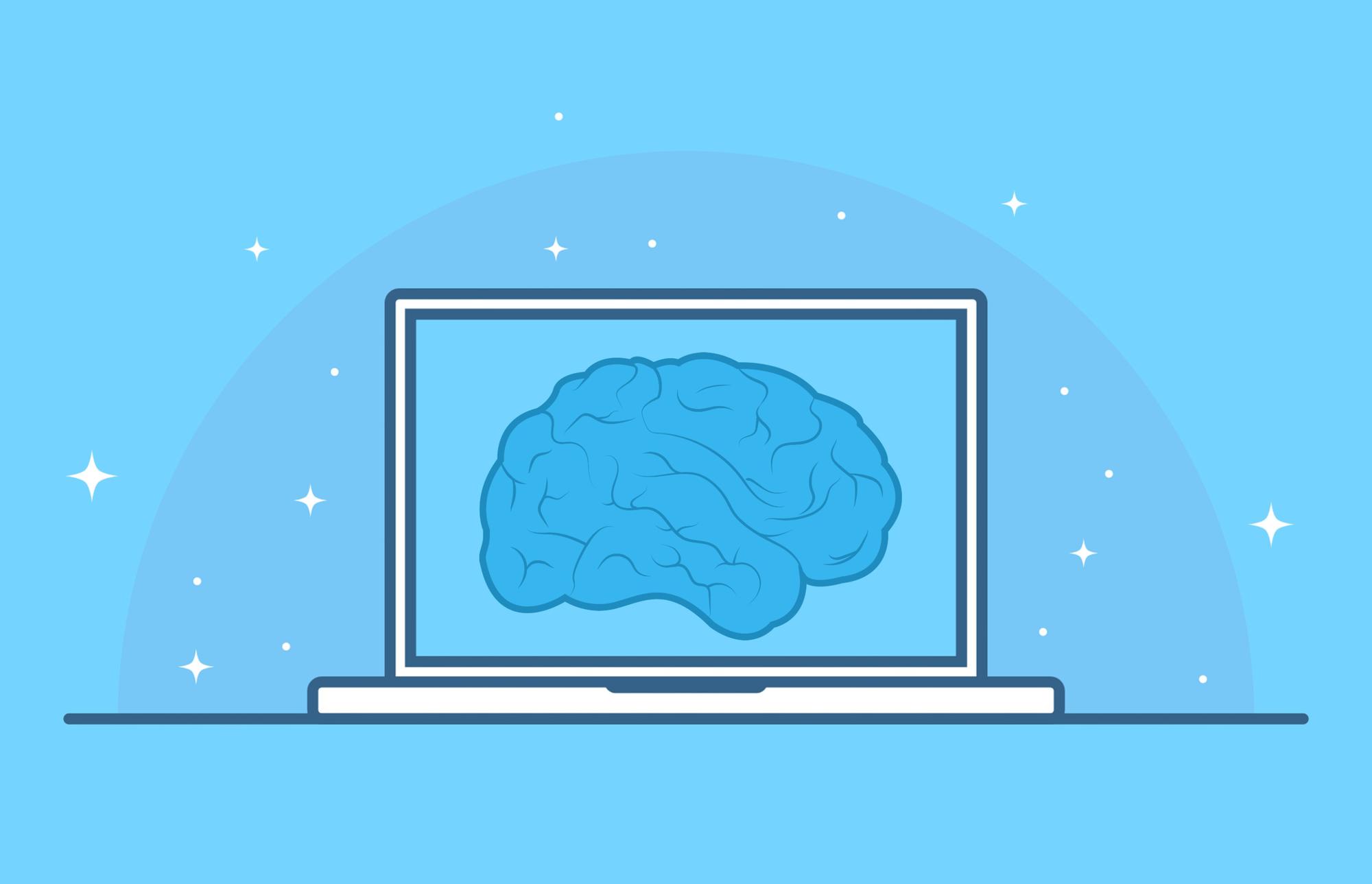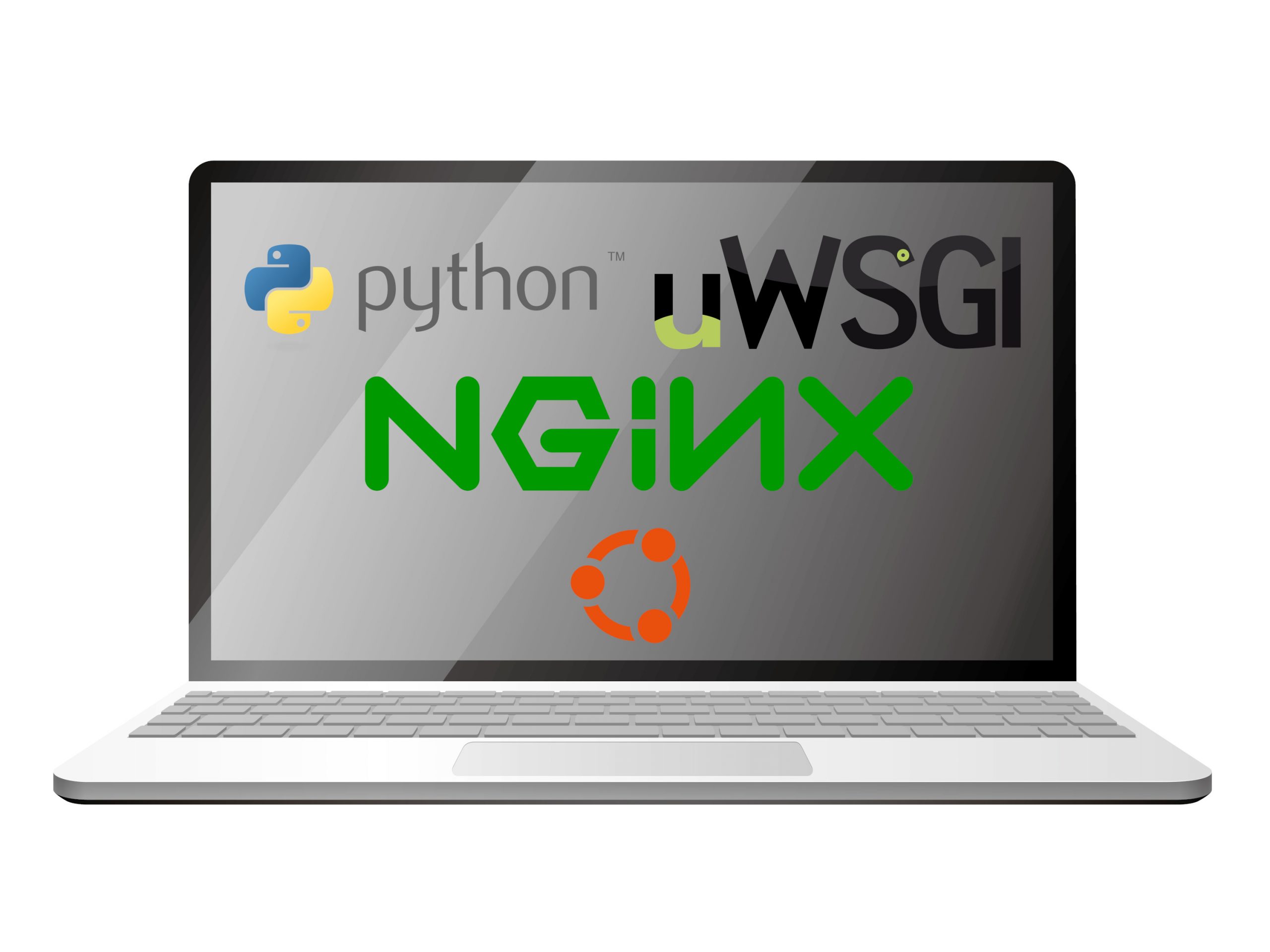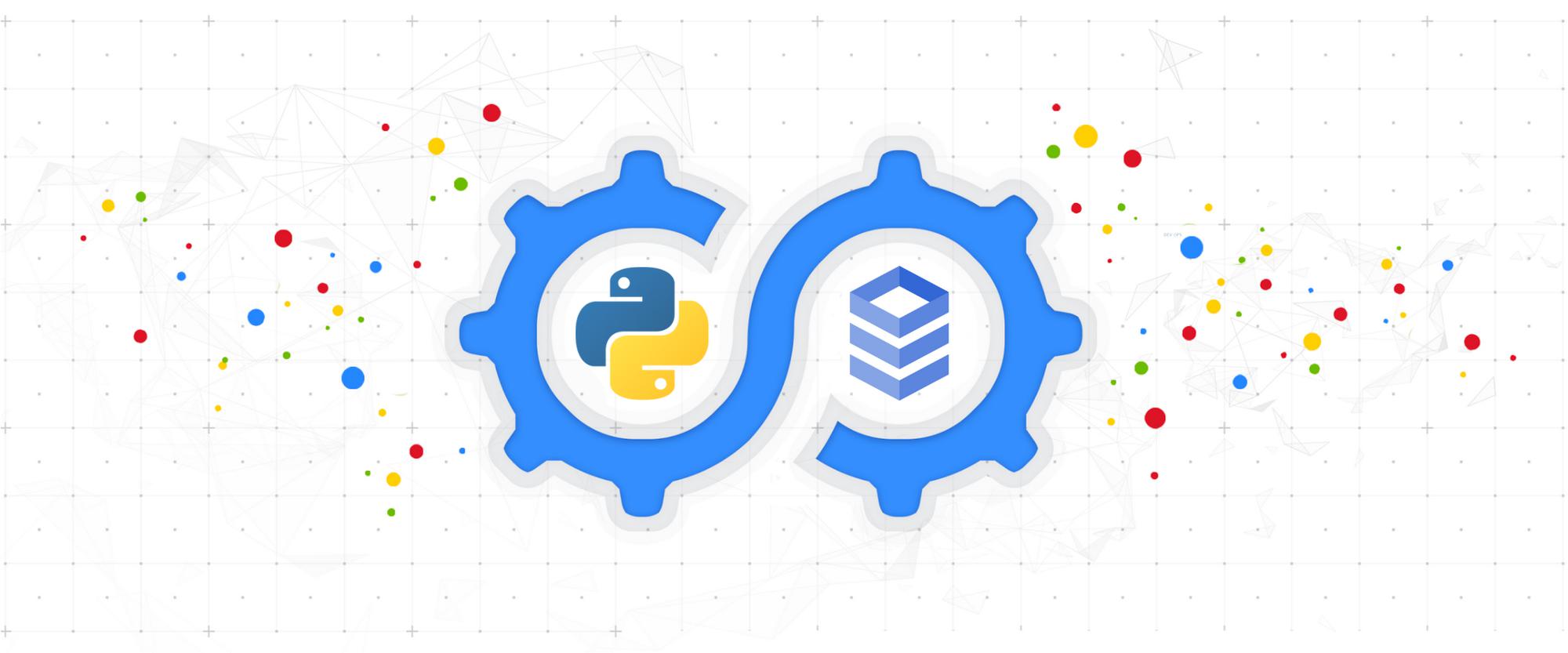Improving Model Quality At Scale With Vertex AI Model Evaluation
Typically, data scientists retrain models at regular intervals to keep them fresh and relevant. This practice may turn out to be costly if the model is trained too often or…
Share








